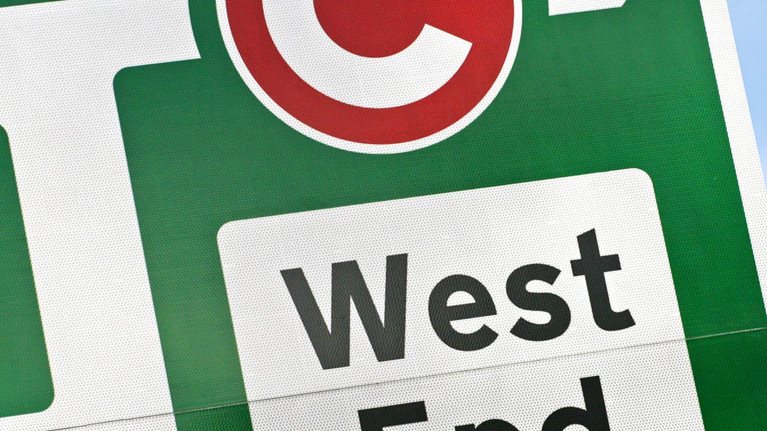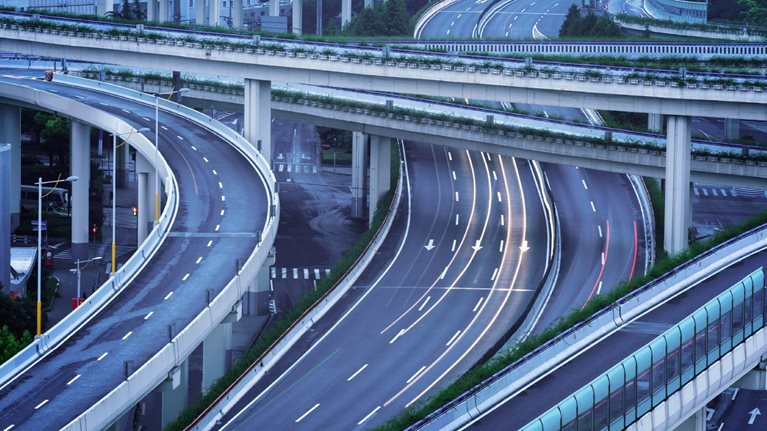To continue to grow, the world needs to invest in new infrastructure—and it is not keeping up. According to recent McKinsey research,1 current infrastructure spending is $2.5 trillion to $3.0 trillion a year, far short of the $6.0 trillion needed to meet average annual demand to 2030.
The need to renew existing infrastructure is also acute, and doing so will be expensive. Once an asset—whether it is a road, a bridge, a pipeline, or a rail track—degrades beyond a certain point, it enters the “failure zone” in its life cycle (Exhibit 1). The cost to maintain such assets is high, adding further financial pressure. In addition, the service an asset provides declines substantially when it is not renewed.

Investing capital in existing infrastructure at the right time reduces the proportion of assets that enter the failure zone. When an asset reaches that juncture, it can become necessary to pour in emergency money. By paying attention to the factors that help estimate the point in the asset’s life cycle where it makes sense to invest in renewal, such emergency spending can be avoided, unlocking capital for new projects. In this article, we explain how the concept of “asset genetics” can help.
What is asset genetics?
The unique characteristics of an infrastructure asset—such as its location, construction materials, usage statistics, physical condition, and maintenance history—constitute its DNA, or its asset genetics. These factors determine how fast the asset degrades and how long it can last: in short, the shape of its life-cycle profile (Exhibit 2). Using the data embedded in an asset’s genetic code can help to optimize spending and thus cut future costs.

Imagine a rail-network operator that is managing a portfolio of thousands of assets worth $10 billion. Typically, such an asset portfolio degrades at a rate of 3 to 4 percent a year, or $350 million of value. An approach emphasizing asset genetics helps identify the right time to invest in the renewal of the right assets to reduce the rate of decline by half—without needing to spend more money.
There are three steps to make this happen.
Understand the assets. This means compiling relevant information, such as age, location, and condition from on-site visits, surveys, and data collection. For example, a rail owner or operator needs to know what its assets are, where they lie, and how they should be segmented according to characteristics such as construction material, location, and usage. It can then develop a life-cycle profile for each segment, including average useful life and typical maintenance costs at different points in the life cycle. The owner or operator can then use current condition data to determine where each asset is in its life cycle.
Set up a framework. The next step is to tap into the knowledge of internal and external experts to create a framework for evaluating options and determining when to intervene for each asset segment (early, middle, or late in the life cycle). The goal is to recognize the different points where investment might be appropriate, the cost of the treatment, and its impact on overall portfolio-maintenance costs. For a rail operator, this would involve understanding the costs, benefits, and optimal time to rehabilitate its tracks, which is much less expensive than replacing them.
Decide what to do. The framework described above can offer clarity about available options. At this point, financial-optimization models should be used to determine the best combination of interventions across the portfolio. Software can be used to determine the type, timing, and level of investment to produce the lowest renewal and maintenance costs and best service.
Taken together, these three steps can reduce the proportion of assets that enter the failure zone and thus lower renewal and maintenance costs significantly.

Voices on Infrastructure, Number 3
Where do we go from here?
Almost every agency in the developed world has the required data on asset genetics; it’s a matter of putting the information together. Developing an understanding of asset genetics will better prepare infrastructure owners and operators to take advantage of what technology has to offer, particularly since that technology is about to get much better. The Internet of Things will make infrastructure assets smarter, allowing them to communicate information in real time to intelligent systems. Already, satellites detect water leaks, drones inspect power lines, and vehicles equipped with lasers evaluate road conditions. What is lacking is the ability to apply that data in a structured way that improves future outcomes.
In the next decade, that will change, and intelligent assets will learn to self-monitor and assess. Asset-genetics data—such as the number of breaks per year in a pipe, structural vibrations in a bridge, or the noise and meter readings of a pump—will flow constantly. Systems will apply predictive analytics to optimize the work required, from a simple inspection to complete replacement. When an infrastructure operator commissions a new asset, its expected lifetime performance, treatments, and failure rates will be mapped out and optimized from the start and continuously calibrated using real-time data.
Infrastructure is made of more than bricks and mortar, concrete and steel. To an extent that is often underappreciated, it is also made of information. By understanding the DNA of assets, and then using that information, infrastructure can last longer at lower cost, unlocking capital that can be invested in new projects.


